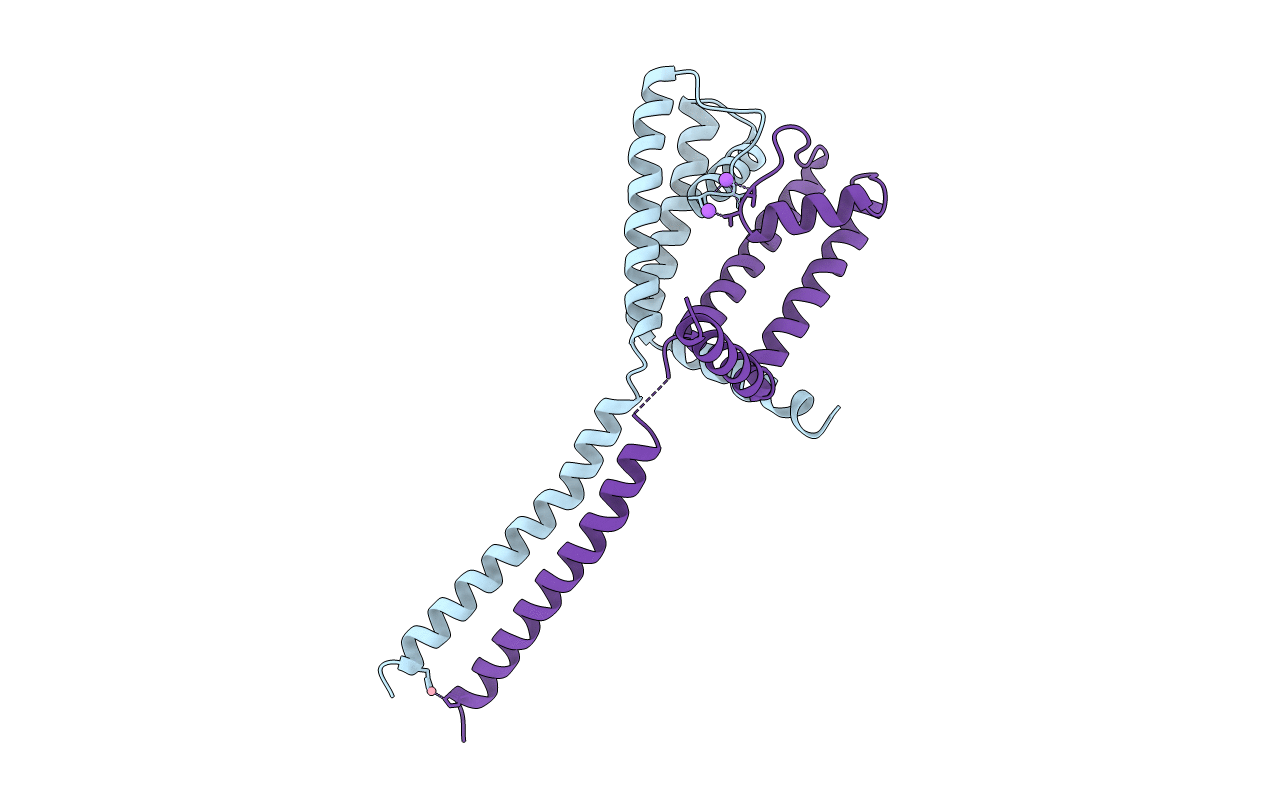
Deposition Date
2012-02-10
Release Date
2012-05-02
Last Version Date
2023-11-08
Entry Detail
PDB ID:
3VOU
Keywords:
Title:
The crystal structure of NaK-NavSulP chimera channel
Biological Source:
Source Organism:
Bacillus weihenstephanensis (Taxon ID: 315730)
Sulfitobacter sp. NAS-14.1 (Taxon ID: 314267)
Sulfitobacter sp. NAS-14.1 (Taxon ID: 314267)
Host Organism:
Method Details:
Experimental Method:
Resolution:
3.20 Å
R-Value Free:
0.32
R-Value Work:
0.29
R-Value Observed:
0.29
Space Group:
P 31 2 1


